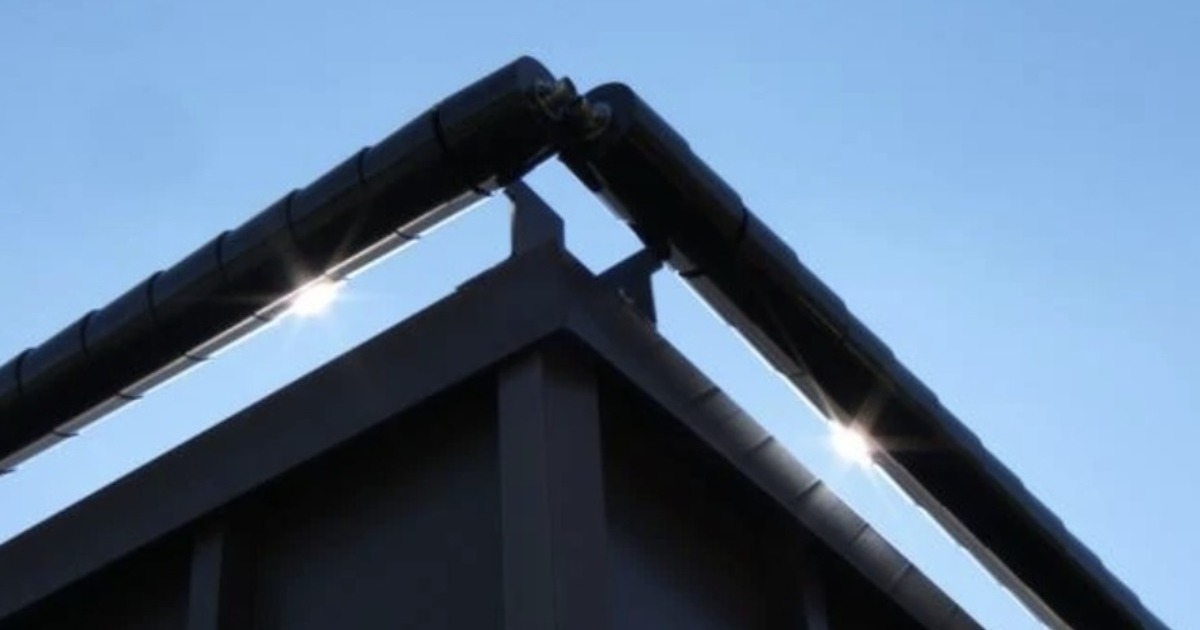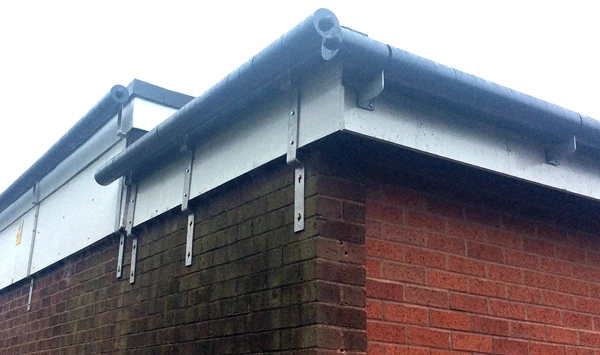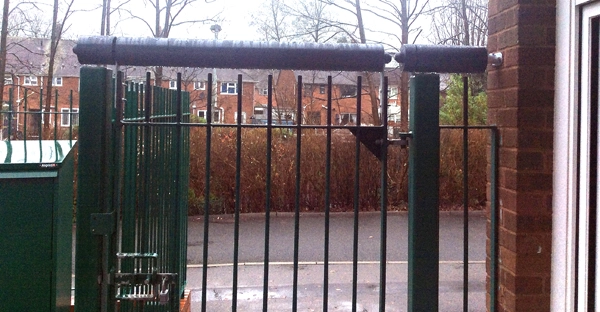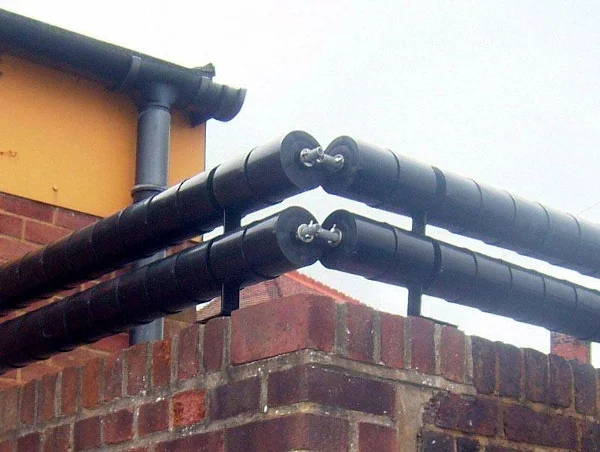We Finally Figured It Out

Source: Insight Security
If you’ve ever had a flat-roofed school building, you probably remember the weird black tubes on the roof. You might have thought they were for some ventilation system or an odd school mystery. But, many years later, the reality is kind of satisfying — they were roller barriers, a clever way for schools to stop students from going onto the roof.
They weren’t just random tubes after all.
A Safe Way to Say “Stay Down”
Roller barriers became common on school roofs in the late ’90s and early 2000s as part of broader changes toward safer and serviceable security features to deter trespassing. Of course, things like sharp barbed wire or spikes on a fence were out, so roller barriers were better than all of those alternatives. Roller barriers didn’t have an inherent danger , but they still serve a purpose.
Roller barriers operate on the simplest possible principle: if someone attempts to climb over the roller, their hands or feet will slip as the rotating roller spins right under them. They can’t gain a grip. They can’t gain balance. And as a result, they can’t go over you.
We think these barriers are particularly effective at places like schools because kids can be… creative about boundaries.

Why the Roof Was Always So Tempting
Let’s be honest: the roof was legendary when I was a student.
Some students thought they could see all of town from the roof. Some thought it was their ultimate lunch hideaway away from staff eyes. And then, there was always that one kid who said they knew how to get up by the fence and the railing down the side.
This is where the roller barriers came in. Schools were beginning to install them right where we may have tried to get up — often at corner railings, old storage buildings, or next to the gym.
There was nothing aggressive or threatening about them. Most us didn’t even notice them, for that matter. But they worked.
A Subtle Security Measure that Worked
What made the roller barriers work, is that they were just there. There were no sharp edges. No electricity. Just a reminder of a physical reality — “up there” just wasn’t an option.
And, because they were built into the architecture, they did not change the feeling of a school as some sort of fortress. Parents appreciated that. Staff felt a little more secure. And students? We learned to admire the roof from ground level.

Now that I think about it, it is amusing how something with so little physical presence could still have a measure of influence over what kids might explore outside. It was not punishment. It was prevention — and it was done in a tasteful way.
A Little Walk Down Memory Lane at the Roof’s Edge
You may still see roller barriers on some school roofs these days. Portable classrooms, equipment sheds or structures that neighbouring sports fields might populate, are often where I first recognize to see some. Once you are aware of what they are, you will see them all over the place.
It is one of those feeling from when you were growing up when you realize why something has been right in front of you all along. Kind of like when you found out what that weird looking overhead projector cart was really called (overhead projector, if I refer to it that way), or while you were figuring out why those windows never fully opened (because they had safety latches).
So, the next time you see some long rotating tubes sticking up off a school roof, tip your hat. They were purposely part of a subtly proposed plan in keeping us safe, on the ground and in check — not that we might have seen ominous manipulation at the time.
